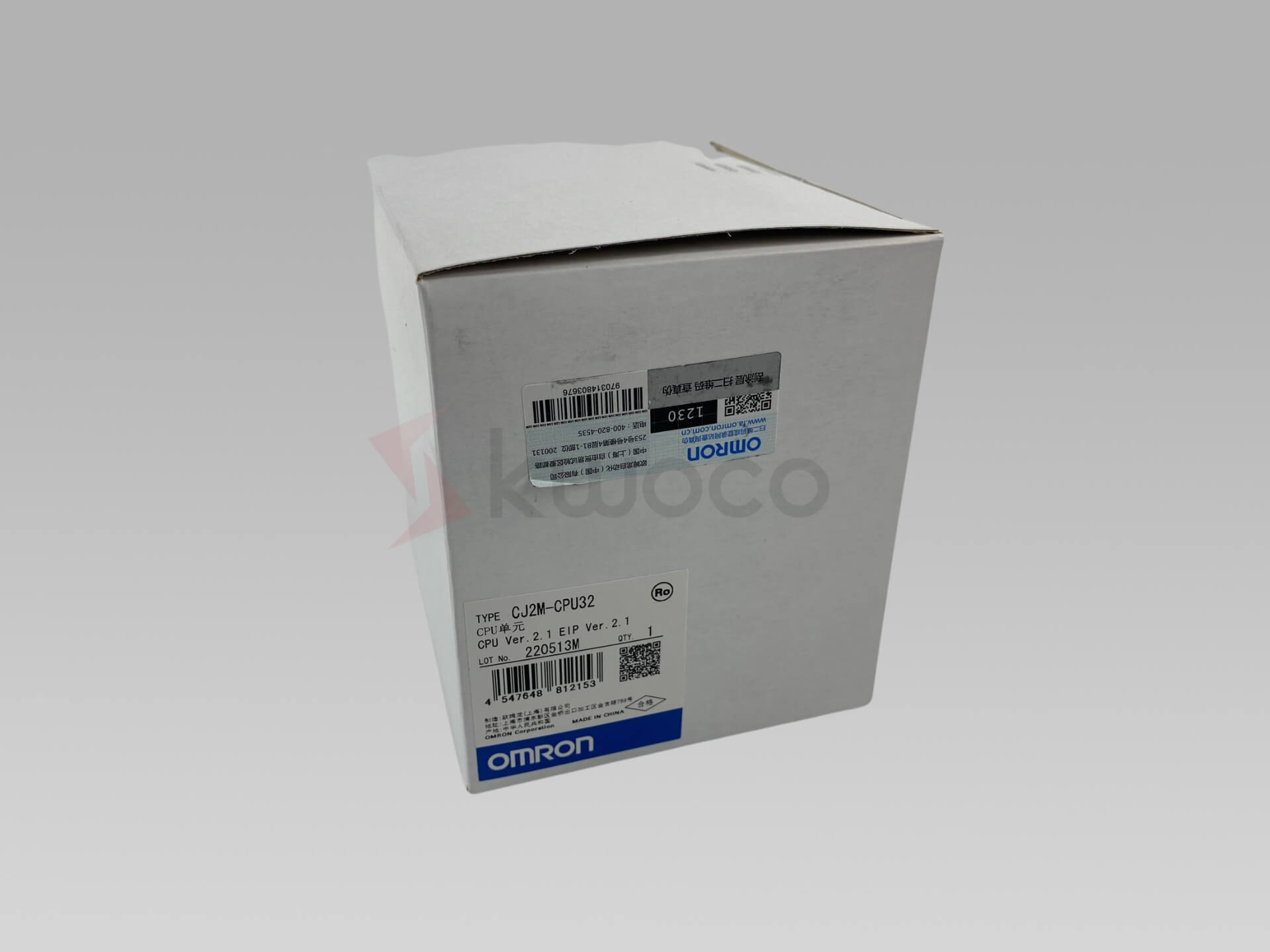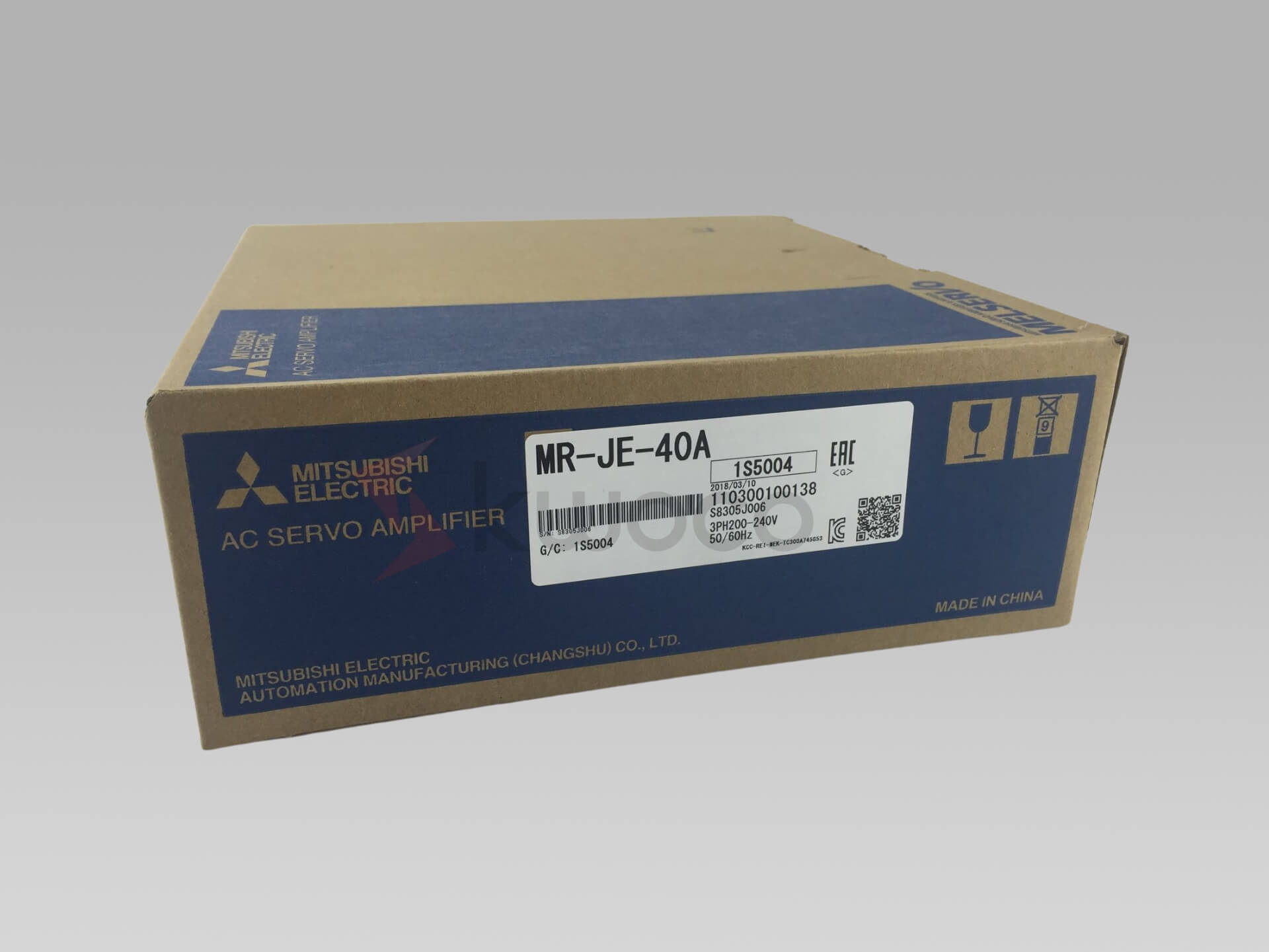5 típusú jeladó szervomotorokban, amelyeket tudnia kell
- kwoco-plc.com
- 2024. október 12
- 7:27 du.
Ebben a cikkben a használt kódolók különböző típusait fogom lebontani szervo motorok egyszerű és könnyen érthető módon.
Tartalomjegyzék
Miért fontosak a kódolók a szervomotorokban?
A léptetőmotorokkal ellentétben a szervomotorokhoz szükség van zárt hurkú vezérlés, amely folyamatosan visszacsatoló jeleket kap a sebesség, a szög és a pozíció pontos szabályozásához. A jeladók a szervorendszer szemeként működnek, valós időben figyelik a motor mozgását és biztosítják, hogy az pontosan kövesse a megadott utasításokat.
Enkóderek nélkül a szervomotor vezérlés pontatlanná válna. A kódolók kulcsfontosságúak olyan összetett környezetekben, mint pl automatizált gyártósorok és orvosi robotok, segít elkerülni a hibákat, és biztosítja a működési hatékonyságot és biztonságot.
1. Inkrementális kódoló
Az inkrementális kódolóknak a referenciapont minden alkalommal, amikor elkezdik rögzíteni a mozgásváltozásokat. Alkalmasak olyan alkalmazásokhoz, ahol nincs szükség nagy pontosságú pozíciókövetésre, például csomagolósorokhoz vagy raktári berendezésekhez.
Jellemzők:
- Megköveteli önrávezetés minden bekapcsolás után.
- Elsősorban arra használták sebességfigyelés, nem pontos pozicionálás.
| Összehasonlítás | Profik | Hátrányok |
|---|---|---|
| Használati eset | Alacsony költség, nagy rugalmasság | Áramkimaradás után újra kell kalibrálni |
| Visszacsatoló jel | Valós idejű sebességfigyelés | Nem lehet közvetlenül követni a pozíciót |
2. Abszolút kódoló
Az abszolút kódolók megtartják pillanatnyi pozíció adatok áramkimaradás után is, kiküszöbölve az elhelyezés szükségességét. Általában használják őket sebészeti robotok vagy autógyártó robotok, biztosítva, hogy a berendezés az újraindítás után hiba nélkül folytathassa működését.
Jellemzők:
- Pontosságot biztosít pozíciókövetés.
- Biztosítja a zökkenőmentes újraindítást áramkimaradás vagy rendszerkimaradás után.
| Használati eset | Tipikus alkalmazás |
|---|---|
| Nagy pontosságú feladatok | Orvosi berendezések, precíziós automatizálás |
3. Lineáris kódoló
A lineáris kódolók figyelik az egyenes vonalú mozgásokat, például befelé lézervágó gépek vagy automatizált válogatórendszerek. Pontos pozicionálást biztosítanak még nagy sebességnél is, így ideálisak olyan környezetekhez, amelyek sebességet és pontosságot is igényelnek.
4. Forgó jeladó
A forgó jeladók felügyelik a tengelyek forgását, és a tengely mozgásának irányát digitális jelekké alakítják, amelyeket a vezérlőrendszerek a sebességre és pozícióra értelmezni tudnak.
A forgó jeladókat gyakran építik be a motorokba, hogy pontos visszacsatolást biztosítsanak még nagy sebességű műveletek során is.
5. Optikai, mágneses és kapacitív kódolók
A kódolókat az érzékelési technológiáik szerint is osztályozzák:
- Optikai kódolók: Nagy pontosságú, de porérzékeny.
- Mágneses kódolók: Erős interferencia-gátló, zord környezetben is használható.
- Kapacitív kódolók: Gyors és megfizethető, de kevésbé pontos, mint az optikai kódolók.
Hogyan válasszak kódolót a motoromhoz?
Íme a legfontosabb szempontok, amelyeket figyelembe kell venni a kódoló kiválasztásakor:
Azonosítsa az alkalmazási igényeket
Válasszon abszolút kódolók ha pontos pozíciókat kell figyelnie. Használat inkrementális kódolók ha a sebességfigyelés az elsődleges követelmény.Vegye figyelembe a környezeti tényezőket
Poros vagy párás környezetben, mágneses kódolók vagy a magas IP besorolással rendelkezők (pl. IP68) alkalmasabbak. Nagy pontosságú feladatokhoz, optikai kódolók ajánlottak.Energia-visszaállítási képesség
Ha a rendszernek meg kell őriznie a helyzetadatokat áramszünet után, abszolút kódolók elengedhetetlenek.Pontossági és felbontási követelmények
Olyan alkalmazások, mint CNC gépek vagy orvosi robotok nagy felbontású kódolókat igényelnek (pl. 24 bites abszolút kódolók). A kevésbé igényes alkalmazások kisebb felbontású kódolókat is használhatnak.Interfész és kommunikációs kompatibilitás
Győződjön meg arról, hogy a kódoló interfésze (pl. RS485, CAN busz vagy analóg) megfelel az Ön vezérlőrendszerének.Könnyű telepítés és karbantartás
A könnyen telepíthető és karbantartható moduláris kialakítások növelhetik a hatékonyságot az összetett automatizálási rendszerekben.
Gyakori kérdések a szervomotorokkal és kódolókkal kapcsolatban
1. Milyen típusú jeladót használnak a szervomotorokban?
Általában szervomotorokat használnak járulékos és abszolút kódolók. Az inkrementális jeladók nyomon követik a relatív mozgást és a sebességet, míg az abszolút kódolók pontos pozícióadatokat tárolnak még áramkimaradás esetén is.
2. Mi a kódolók három alapvető típusa?
Növekményes kódoló: Nyomon követi a relatív mozgást, és homályosítást igényel.
Abszolút kódoló: Megőrzi a pozícióadatokat a teljesítményciklusokon keresztül.
Forgó és lineáris kódolók: Mérje meg a szög- és lineáris mozgásokat.
3. Működhet-e a szervomotor kódoló nélkül?
Míg néhány egyszerű szervorendszert használ nyílt hurkú vezérlés, a legtöbb megköveteli zárt hurkú visszacsatolás a pontosság érdekében. A szervomotor jeladó nélküli működtetése veszélyeztetheti a fordulatszám- és helyzetszabályozást.
4. Mi a különbség a forgó és a lineáris kódolók között?
Forgójeladó: Forgási szögeket vagy fordulatszámokat mér, amelyeket általában a motortengelyeken használnak.
Lineáris kódoló: Figyeli a lineáris elmozdulást, ideális lézervágókhoz vagy CNC gépekhez.
Teljesítse projektjeit vadonatúj, eredeti Omron, Mitsubishi, Schneider Servo segítségével – raktáron, készen áll!
Következtetés
A megfelelő jeladó kiválasztása elengedhetetlen a szervomotorok sebességének, pontosságának és megbízhatóságának optimalizálásához. A nagy megbízhatóságot igénylő projektekhez abszolút kódolók ajánlottak, mivel ezek áramkimaradás után is megőrzik a pozícióadatokat. Bár költségesebbek lehetnek, növelik a működési hatékonyságot és biztonságot.
Új, eredeti szervókat keres projektjeihez? A Kwoco-nál a legfrissebb szervókat kínáljuk olyan vezető márkáktól, mint pl Omron, Mitsubishi, és Schneider. Vásároljon bizalommal – gyors szállítás, garantált minőség! Vásároljon most
Lépjen kapcsolatba velünk
Csak töltse ki nevét, e-mail címét és kérésének rövid leírását ezen az űrlapon. 24 órán belül felvesszük Önnel a kapcsolatot.
Ezeket a témákat is érdekesnek találhatja

A szervomotor és az orsómotor közötti különbség dekódolása CNC alkalmazásokban
Ez a cikk a szervomotorok és az orsómotorok közötti különbségtételt ismerteti, amelyek a CNC-gépek világának két kritikus alkatrésze. Ezeknek a különbségeknek a megértése létfontosságú az ipari automatizálásban részt vevők számára, a tapasztalt mérnököktől az újoncokig. Megvizsgáljuk egyedi jellemzőiket, alkalmazásaikat, és azt, hogy hogyan járulnak hozzá a CNC gépek pontosságához és hatékonyságához.

Hogyan lehet elhárítani a Siemens PLC program letöltési problémáit?
A Siemens PLC program letöltési problémáinak elhárítása? Volt már olyan Siemens PLC program, amely egyszerűen nem tudott letölteni

Pontosság feloldása: Kódolók és nagy sebességű számlálók masteringje PLC-kkel
Ez a cikk mélyen belemerül a kódolók és a nagy sebességű számlálók (HSC-k) világába, és elmagyarázza, hogyan kapcsolódnak a programozható logikai vezérlőkhöz (PLC), hogy precíz vezérlést biztosítsanak az ipari automatizálási alkalmazásokban. A forgó jeladók megismerésétől a HSC-modulok konfigurálásáig megvizsgáljuk, hogyan működnek együtt ezek a technológiák a sebességszabályozás, a helyzetmérés és a rendszer általános hatékonyságának javítása érdekében.







